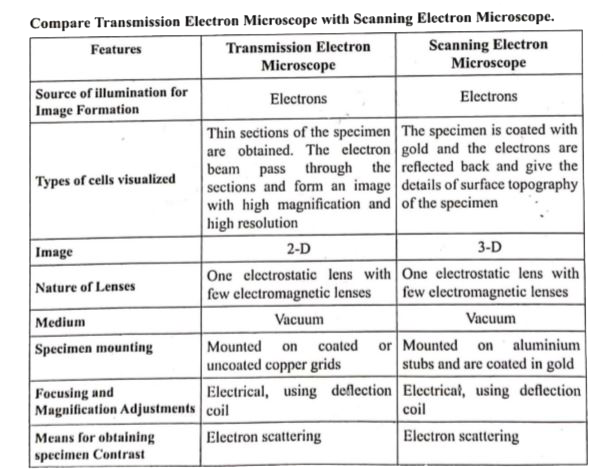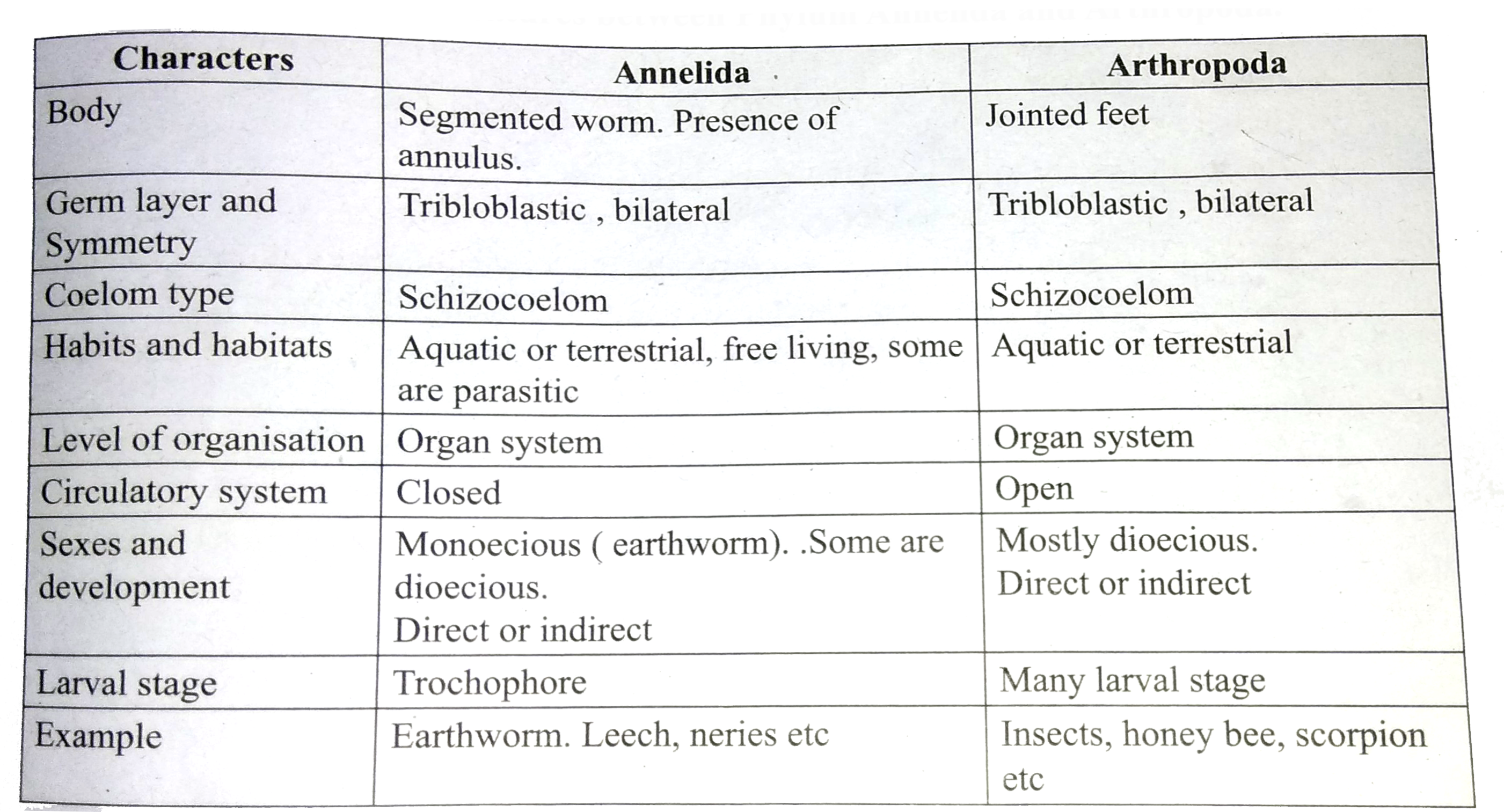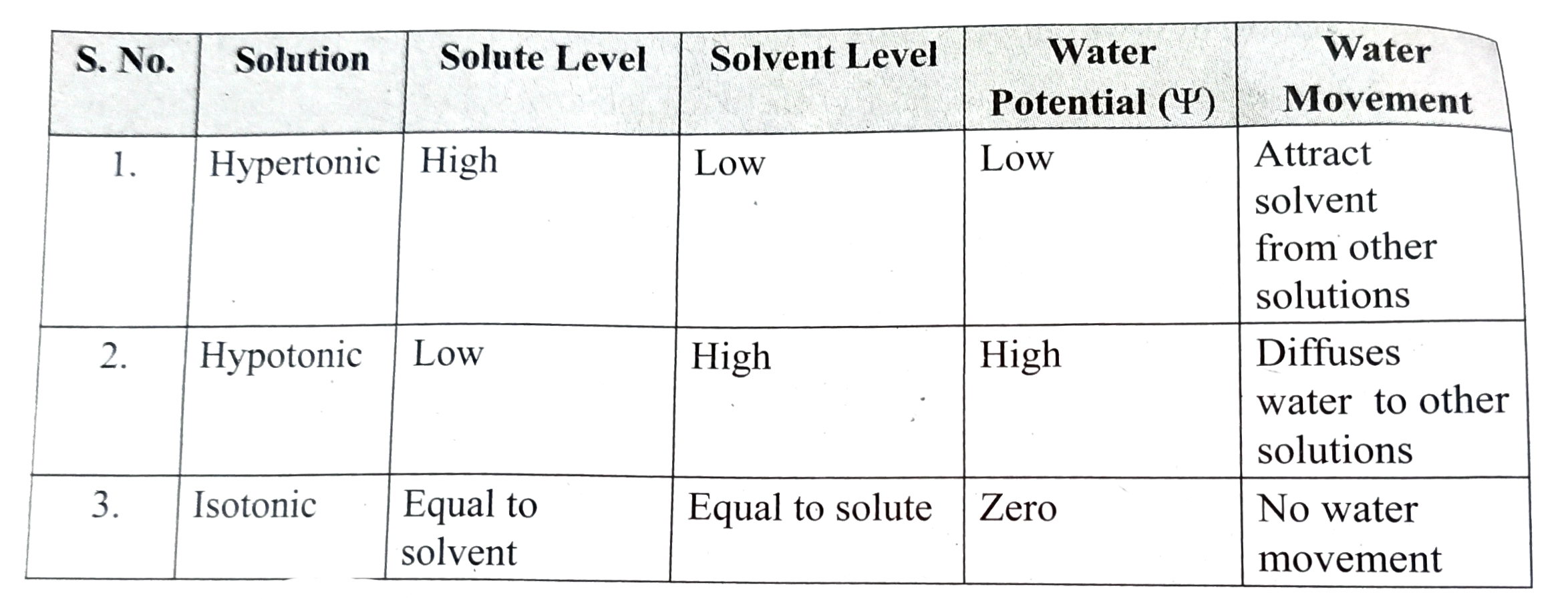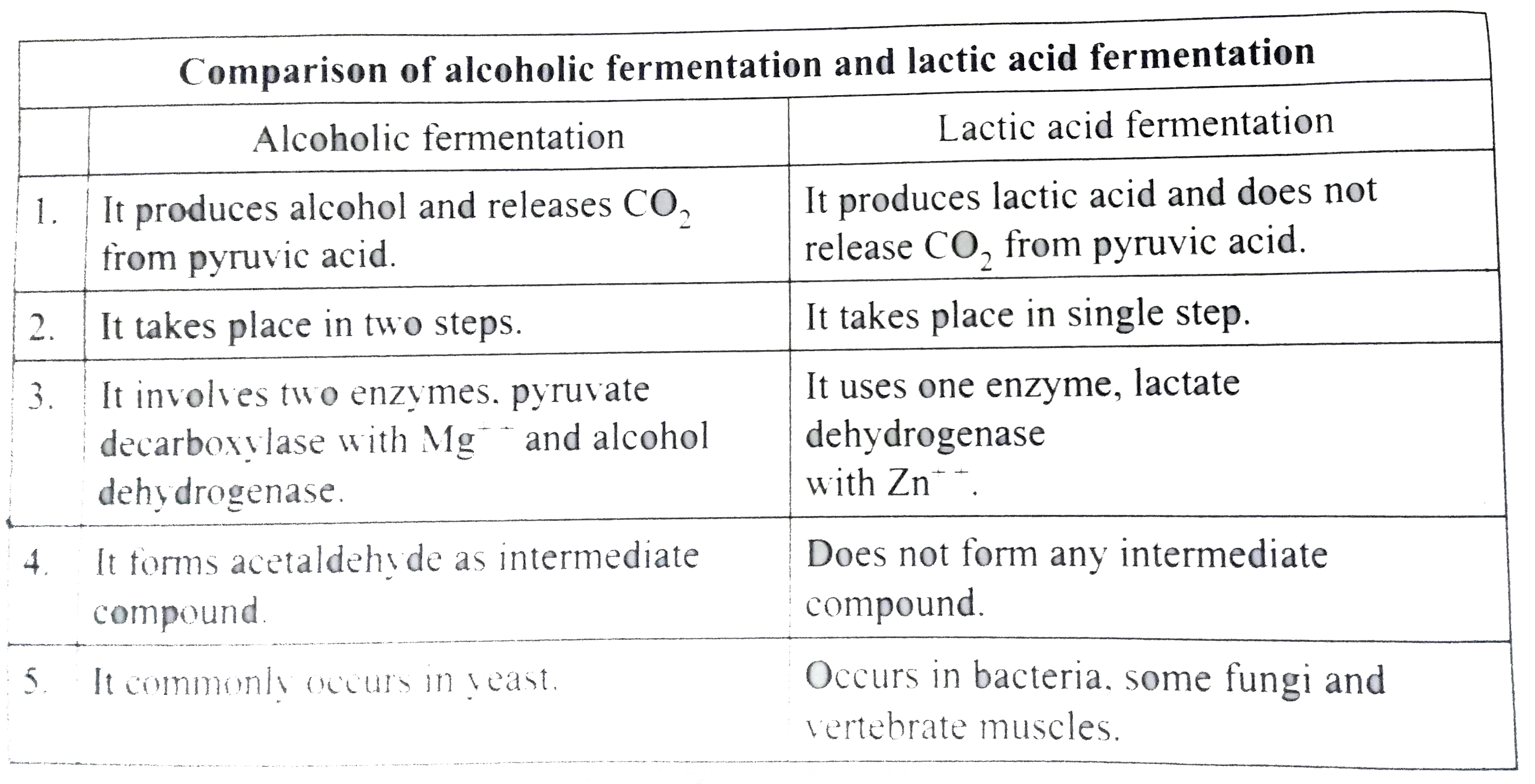InterviewSolution
This section includes InterviewSolutions, each offering curated multiple-choice questions to sharpen your knowledge and support exam preparation. Choose a topic below to get started.
| 19251. |
Question : Compared to those of humans, the erythrocytes in frog are |
|
Answer» Nucleated and with hemoglobin |
|
| 19252. |
Question : Compared in a bull a bullock is docile because of |
|
Answer» LOWER LEVELS of adrenalin/noradrenalin in its BLOOD |
|
| 19253. |
Question : Compare T.S. of monocot and dicot stem with the help of well labelled diagrams only. |
|
Answer» SOLUTION : 
|
|
| 19254. |
Question : Compare various / different transport processes. |
|
Answer» Solution :It is clear that proteins in the MEMBRANE are responsible for facilitated diffusion and active transport. Thus show common characterstics of being highly selective. They are liable to saturate, respond to inhibitors and are under hormonal regulation. But diffusion WHETHER facilitated or not take place only along a GRADIENT and do not use ENERGY. 
|
|
| 19255. |
Question : Compare V.S. of dicot and monocot leaf with the help of well labelled diagrams only. |
|
Answer» SOLUTION : 
|
|
| 19256. |
Question : Compare T.S. of monocot and dicot root with the help of well labelled diagrams only. |
|
Answer» SOLUTION : 
|
|
| 19257. |
Question : Compare the three classes of algae on the basis of the following parameters (a) Major pigmet (b) Stored food (c ) Number of flagella and their positon of insertion |
Answer» SOLUTION :
|
|
| 19258. |
Question : Compare Transmission Electron Microscope with Scanning Electron Microscope. |
Answer» SOLUTION :
|
|
| 19259. |
Question : Compare the statement A and B Statement A : To counteract the increase in turgor pressure in plant cells, the cell wall produces an equaland opposite pressure, i.e., wall pressure. Statement B : When plant cells undergo endosmosis, they swell but do not burst. |
|
Answer» STATEMENT A is WRONG and B is CORRECT. |
|
| 19260. |
Question : Compare the number of stamens, free or fused, number of carpels, free or fused, placentation and number of locules in Liliaceae, Solanaceae and Papilionaceae. |
Answer» SOLUTION :
|
|
| 19261. |
Question : Name the three distinct zones of root. |
Answer» SOLUTION :
|
|
| 19262. |
Question : Compare the Gynoecium of Pisum sativum and Datura metal. |
Answer» SOLUTION :
|
|
| 19263. |
Question : Compare the formation of vascular cambia in dicot stem and dicot root. |
|
Answer» Solution :Vascular CAMBIUM in dicot stem : In origin, it is partly primary and partly secondary. The primary component is called intrafascicular cambium. It is found inside the vascular bundle between the XYLEM and the phloem . Secondary part of vascular cambium called interfascicular cambium . It develops in the form of strips at the level of intrafascicular cambium. The parenchymatous cells of this region turn meristematic by dedifferentiation. This division leadsto joining of the two TYPES of cambia for formation of a COMPLETE ringof vascular camium. Vascular cambium in dicot root : Part of conjunctiveparenchyma or tissue below the phloem bundles dedifferentiates to form brick-shaped cells of vascular cambium. The PROCESS extends laterally between the cells of xylem and phloem bundles. Finally portion of the pericycle in contact with protoxylem becomes meristematic producing a complete continuous ring of wavy vascular cambium. |
|
| 19264. |
Question : Compare the following: Resting potential and action potential |
| Answer» Solution :RESTING potential is the electric potential difference across the resting plasma membrane. The DEPOLARISATION and subsequent repolarisation occurring in a neuron during the TRANSMISSION of nerve IMPULSE is known as ACTION potential. | |
| 19265. |
Question : Compare the following: Choroid and retina |
|
Answer» Solution :Choroid layer is the middle layer of eye and is brownish BLACK in colour. It is highly vascular and have pigments known as melanocytes which give colour to eye. Retina is the inner most and incomplete layer that extends upto CILIARY body. The outer most layer of ratina has two TYPES of cells viz RODS and cones which help in vision. |
|
| 19266. |
Question : Compare the following: Central Neutra system (CNS) and Peripheral Neutral System (PNS). |
|
Answer» Solution :Cental nervous system CONSIST of brain and spinal cord and is compared to the SECRETARIAT of the GOVERNMENT. The peripheral nervous system consist of the nerves that arise from the central nervous system (CNS) andcorrect it to various parts of the body. the PNS INCLUDE cranial nerves (12 PAIRS) and spinal nerves (31 pairs). |
|
| 19267. |
Question : Compare the following: (C) Choroid and Retina : |
|
Answer» Solution :(c) Choroid : The middle layer, choroid contains many blood vessels and looks bluish in colour. The choroid layer is THIN over the posterior two-third of the eye ball, but it becomes THICK in the anterior part to form the CILIARY body. Retina : The inner layer is the retina and it contains THREE layers of cells - ganglionated cells, bipolar cells and the PHOTORECEPTOR cells. |
|
| 19268. |
Question : Compare the following: (b) Resting potential and Action potential : |
|
Answer» Solution :(b) Resting POTENTIAL : The electrical potential difference across the resting plasma membrane is called the resting potential. ACTION potential : When a stimulus is applied at a site on the POLARISED membrane, the membrane at the site becomes FREELY permeable to `Na^(+)`. The electrical potential difference across the plasma membrane at the site of stimulus is called the Action potential. |
|
| 19269. |
Question : Compare the following: (a) Central Neural System (CNS) and Peripheral Neural System (PNS) : |
|
Answer» SOLUTION :(a) Central Neural System (CNS) : The CNS includes the brain and the SPINAL cord and is the SITE of information processing and control. Peripheral Neural System (PNS) : The PNS comprises of all the NERVES of the body associated with the brain and spinal cord. |
|
| 19270. |
Question : Compare the columns and find out the correct combination. |
|
Answer» (a) `to` (iv) , (B) `to` (V) , ( C) `to` (ii) , (d) `to` (i) |
|
| 19271. |
Question : Compare thefeatures of dimorphic chlorophasts. |
| Answer» SOLUTION :TheCharacteristicfeatureof `C_(4)`plantsis thepresenceof DIMORPHIC chloroplast : Bundlesheath Chloroplast: Larger Chloroplast,thylakoidsnot arrangedin granum and RICHIN strach . Mesophyll Chloroplast: Smaller chloroplast ,thylakiodsarragnedarrangedin granumand LESS strach . | |
| 19272. |
Question : Compare the characters of palisade parenchyma & spongy paranchyma. |
Answer» SOLUTION :
|
|
| 19273. |
Question :Compare the chambers of heart and the methods of circulation in fishes, amphibians, reptiles, crocodiles, birds and mammals |
| Answer» Solution :All vertebrates have muscular chambered heart. Fishes have two chambered heart. The heart in fishes consists of sinus venosus, an atrium, one ventricle and bulbus arteriosus or conus arteriosus. Single circulation is seen in fishes. Amphibians have two auricles and one ventricle and no inter ventricular septum whereas reptiles except erocodiles have two auricles and one ventricle and an incomplete inter ventricular septum. Thus mixing of oxygenated and deoxygenated blood takes place in the ventricles. This type of circulation is called incomplete double cireulation. The LEFT atrium receives oxygenated blood and the right atrium receives deoxygenated blood. Pulmonary and systemic circuits are seen in Amphibians and Reptiles. The Crocodiles, Birds and Mammals have two auricles or atrial CHAMBERS and two ventricles, the auricles and ventricles are SEPARATED by inter auricular septum and inter ventricular septum. Hence there is complete separation of oxygenated blood from the deoxygenated blood. Pulmonary and systemic cireuits are evident. This type of circulation is called complete double circulation. | |
| 19274. |
Question : Compare the characters of different type of Mycorrhiza. |
Answer» SOLUTION :
|
|
| 19275. |
Question : Compare the anatomical features between Phylum Annelida and Arthorpoda. |
Answer» SOLUTION :
|
|
| 19276. |
Question : Draw illustrations to bring out anatomical difference between (a) Monocot root and dicot root (b) Monocot stem and dicot stem |
Answer» SOLUTION :
|
|
| 19277. |
Question : Compare the advantages and disadvantages of direct and indirect development. |
|
Answer» Solution :Direct Development: Advantages: 1. The young ones resemble the adult directly and no larval stages occur. 2. The eggs of these animals have lot of yolk for the young ones to grow or are FED by the mother's tissues. (human being) in the larval stages. 3. Parental care is seen in many cases. DISADVANTAGES: 1. Since the parents and young ones are found in the samé habítat they have to share the same resources. 2. In case of calamities/disasters they will perish together. Indirect Development: Advantages: 1. The larval forms are much different from the adult and thrive on different food resources 2. They also grow in a different ecological habitat. Hence in case of calamities they may continue to exist even if the adults Perish. 3. Indirect development is a better means for the species to survive. Disadvantages: 1. Chances of all larvae DEVELOPING into adult cannot be assumed. 2. Eggs have very little yolk. 3. Parental care is not seen. |
|
| 19278. |
Question : Compare sympodial branching with monopodial branching. |
Answer» SOLUTION :
|
|
| 19279. |
Question : Compare Schizocoelom with Enterocoelom. |
Answer» SOLUTION :
|
|
| 19280. |
Question : Compare ringbarkswith scalebarks. |
| Answer» SOLUTION :If thephellogenformsa COMPLETE cylinderaroundthe STEM ,it GIVESRISE to ring barks. ExampleQuercus . Whenthebarkis formedinoverlappingscalelikelayers. , it isknownas scalee BARK . Example: Guava | |
| 19281. |
Question : Compare primary phloem with secondary phloem. |
Answer» SOLUTION :
|
|
| 19282. |
Question : Compare Plectonemic & Paranemic Coiling. |
| Answer» Solution :Plectonemic coiling- the two STRANDS of the DNA are wrapped around each other in a helix, making it impossible to simply move them APART without BREAKING the entire structure. Whereas in Paranemic coiling the two strands simply lie alongisde one another, making them EASIER to pull apart. | |
| 19283. |
Question : Compare pinnate unicostate venation and palmate multicostate venation. |
| Answer» SOLUTION :`{:("PINNATE (or) unicostate venation","Palmate (or) multicostate ventaion"),("In pinnate (or) unicostate there is only ONE","In palmate (or) multicostate there are many"),("PROMINENT midrib.","MIDRIBS running parallel to each other."):}` | |
| 19284. |
Question : Is bacterial photosynthesis similar to photosynthesis in higher plants? Reason out. |
Answer» SOLUTION :
|
|
| 19285. |
Question : Compare photosynthesis in plants & bacteria. |
Answer» SOLUTION : 
|
|
| 19286. |
Question : Compareoxidativephosphorylationwithsubstrate levelphosphorylation. |
|
Answer» |
|
| 19287. |
Question : Compare Hypertonic, Hypotonic andIsotonic solution . |
|
Answer» SOLUTION : 
|
|
| 19288. |
Question : Distinguish between Intrafascicular cambium and Interfascicular cambium. |
Answer» SOLUTION :
|
|
| 19289. |
Question : Differentiate floating and protoplasmic respiration. |
Answer» SOLUTION :
|
|
| 19290. |
Question : a. Is there any difference between fluorescence and phosphorescence ? b. If so, what is the difference ? |
Answer» SOLUTION :
|
|
| 19291. |
Question : Compare Eusporangiate and Leptosporangiate. |
Answer» SOLUTION :
|
|
| 19292. |
Question : Compare DNA with RNA. |
Answer» SOLUTION :
|
|
| 19293. |
Question : Compare closed and opened circulatory system. |
Answer» SOLUTION :
|
|
| 19294. |
Question : Compare angular collenchyma with lacunar collenchyma. |
|
Answer» Solution :Types of Collenchyma 1. Angular collenchyma : : It is the most common type of collenchyma with irregulat arrangement and thickening at the ANGLES where cells MEETS. Example : Hypodermis of DATURE and Nicotiana. 2. Lacunar collenchyma : The collenchyma cells are irregularly arranged Cell wall is thickeing on the walls bordering intercellular SPACES. Example : Hypodermis of IPOMOEA. |
|
| 19295. |
Question : Differentiate alcoholic fermenration and lactic acid fermentation. |
Answer» SOLUTION :
|
|
| 19296. |
Question : Compare Aerobic respiration with anerobic respiration. |
Answer» SOLUTION :
|
|
| 19297. |
Question : Compare Active transport with passive transport. |
Answer» SOLUTION :
|
|
| 19298. |
Question : Describe briefly: (a) Arithmetic growth (b) Geometric growth (c) Sigmoid growth curve (d) Absolute and relative growth rates |
Answer» SOLUTION :
|
|
| 19299. |
Question : Compare the stem nature of Corm and Rhizome |
Answer» SOLUTION :
|
|
| 19300. |
Question : Companion cells in plants are associated with |
|
Answer» VESSELS |
|